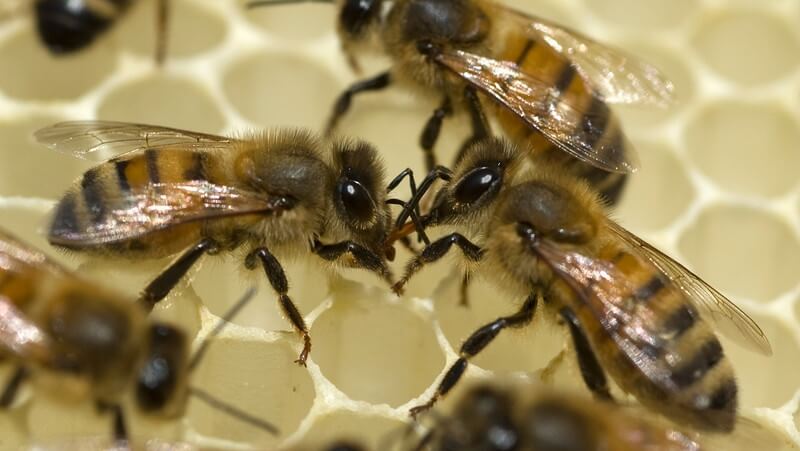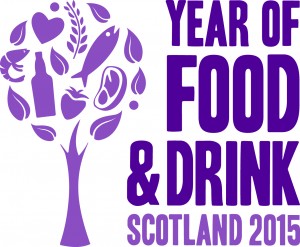
In a previous article for Food of Love February, we looked at how honey has a reputation as an aphrodisiac through reasons of folkloric reputation and the effects it actually has on our bodies. One of the many reasons for the former could have been the sight of honeybees kissing, but is it kissing as we know it..?
Nectar
Honeybees collect nectar from flowering plants, visiting around 1500 on average to gather enough of it to fill their honey sac stomachs. This is separate from their digestive stomach, holding up to around 70mg of nectar – almost as much as their total body weight. They carry this back to the hive and there, another bee will directly suck the nectar via its mouth from the returning bees honey sac stomach – which looks like they are kissing.
 Not Quite a Kiss…
Not Quite a Kiss…
This isn’t quite a kiss; it’s a process known as ‘trophallaxis’ which is the direct transfer of food or other fluids from one insect to another – common amongst social insects such as ants and bees. Fluids such as nectar, water and royal jelly are transferred via the bee’s proboscis – a long tube which acts like a straw for sucking up liquid and a tongue for tasting. It actually consists of two tubes, one inside the other – the outer for larger quantities of liquid such as water and honey and the inner one is used for collecting smaller amounts of liquid such as that contained in flowers.
No Trophallaxing Please!
So far, so romantic! Unlike humans, there is no emotional purpose to the ‘kiss’ but it is more than just a purely physical function – important information is also being transferred as well, such as information about new nectar sources or feeding conditions in the brood nest. Hierarchical reinforcement or a message from the ‘boss’ is also being passed on as well; worker bees who have licked the queen, exchange information to the colony that she’s alive and well – sending out a chemical message suppressing ovary development in worker bees. So, it’s not quite an affectionate embrace between amorous bees but is a little more than a way of passing on the nectar. However, we don’t think that human couples should be seen ‘trophallaxing’ their gifts of chocolate or champagne on Valentine’s Day either…